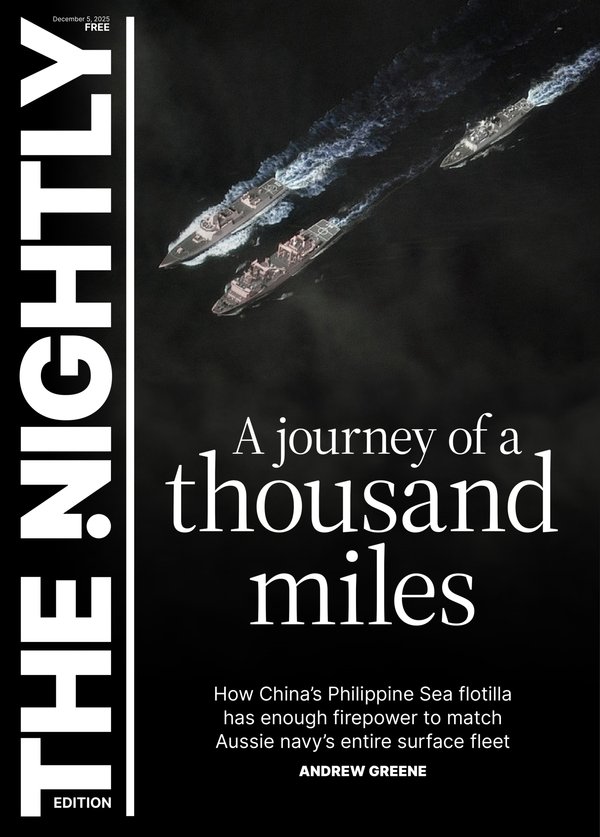Reserve Bank interest rate decision: Two data points and a Trump wildcard to dictate mortgage relief

US President Donald Trump’s so-called “Liberation Day” looms over the economic calendar but another date could have even greater implications for interest rates in Australia.
By April 30 Australians could know whether the Reserve Bank is set to cut rates at its May meeting.
Inflation has been easing, the RBA board noted on Tuesday as it left rates on hold, but it needed more confidence that it would sustainably reach the midpoint of its two-three per cent target band.
Sign up to The Nightly's newsletters.
Get the first look at the digital newspaper, curated daily stories and breaking headlines delivered to your inbox.
By continuing you agree to our Terms and Privacy Policy.If March quarter underlying inflation comes in softer than the central bank’s expectations on April 30, then a 25 basis-point cut in May is a “done deal”, said CBA head of Australian economics Gareth Aird.
Bank of Queensland chief economist Peter Munckton agreed.
“A quarterly trimmed mean outcome of 0.6 per cent or less will certainly see a rate cut at the May meeting,” he said.
The inflation outlook is just one of the uncertainties weighing on the RBA, with a key concern for the board being labour market tightness despite a surprisingly soft employment result for February.
“Many indicators suggest that the labour market is tight, and the board has discussed the possibility that there’s more strength in the economy, which could make it harder to get inflation back down,” RBA governor Michele Bullock said in her post-meeting press conference on Tuesday.
But signs are beginning to show labour availability is easing, said Mr Aird, with employers experiencing the least difficulty in hiring staff since February 2021, according to Jobs and Skills Australia.
“Our assessment is that the labour market is not quite as tight as the RBA considers it,” Mr Aird said.
Weakness in labour force releases due on April 17 and May 15 could change the RBA’s view, Mr Munckton said.
Ms Bullock acknowledged there was an “active debate” about how tight the labour market actually was, but job vacancies, job ads and anecdotal accounts from liaison businesses suggested it was still running hot.
A third uncertainty resolves around Mr Trump’s tariffs and whether they could spark a broader trade war.
The key date in that regard is much more imminent: April 3, Australian time.
Mr Trump has heralded it as “Liberation Day”, when he will announce his biggest swathe of tariffs yet on America’s trading partners.
A broader trade war would likely push down economic growth in Australia, although the implications for inflation were less clear, Ms Bullock said.
Mr Munckton said the concern over tariffs could drive the RBA to push rates lower.
“This could be in the form of lower business and consumer confidence (impacting spending and investment) or sustained weakness in global financial markets,” he said.
By its next meeting, the board should have a better idea of the impact to the Australian economy.
